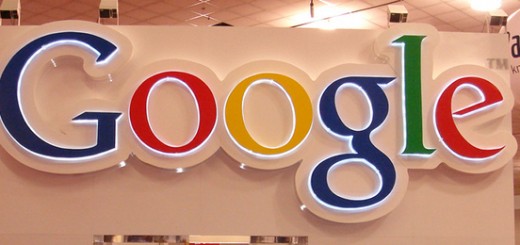Brands have been using Twitter a lot recently, as it provides them a way to reach customers with advertising content while at the same time managing their customer service needs on the web in real time. The marketing potential of a network like Twitter is clear, and most brands and marketers have already realized it and started their own Twitter marketing campaigns. However, according to a recent article from Econsultancy, a new Twitter trend is rearing its head among consumers, and it is something that brands need to try to take hold of in order to better reach the everyday Twitter user. The simple fact is, Twitter users love humor, especially when it comes in the form of a Tweet.
Most Twitter users follow at the very least one comedian or comedy-based Twitter account, for the sole reason of being able to see some of the hilarious Tweets that people come up with. These comedic Tweets on the network are those that people tend to share with others and engage with the most, therefore making them the Tweets that brands should be paying attention to.
Econsultancy reports a statement from Bruce Daisley, Twitter’s UK director, at Bite’s Empty13 event. Daisley believes that brands on Twitter need to see humor on Twitter as a tool that will allow them to better connect with consumers and potential customers, to make conversations seem more personal and real.
Daisley reported to the world two of the most retweeted posts that he was aware of. One from the US was Barack Obama’s posting of a photo that celebrated his re-election. The image of course, was simply the President and the First Lady embracing in celebration of four more years in the office. Daisley says that this image best portrayes the imagination of the Ameican public. However, for the UK, Daisley states that the most popular Tweet was one that involved humor. It was a Tweet from David Whitehouse, and it was made to comment on Lance Armstrong’s cheating reveal. It reads, “Lance Armstrong should be applauded for being able to ride a bike so well on drugs. I tried it once. Hit a dog and fell into the canal.” It has been retweeted over 10,000 times.
So, even thought our Tweets in the US that are most popular aren’t the funny ones, any person that has a Twitter account will tell you that humor on Twitter is number one among consumers. However, Daisley stated that there is a specific approach brands should take.
The challenge for any brand is thinking about how they can establish a friendly relationship with people. They need to provide value and substance but with a human tone.
Basically, brands need to be able to balance the humor with seriousness, essentially creating the perfect way to communicate with consumers on social media. Daisley and Econsultancy provide countless examples of the perfect combination of humor and other content from brands on Twitter, in responding to consumer queries, in advertising with Tweets, or in the form of images. All of these show that humor can really help a brand in getting Twitter users to really engage with them on Twitter. After all, everybody loves a good laugh.





















